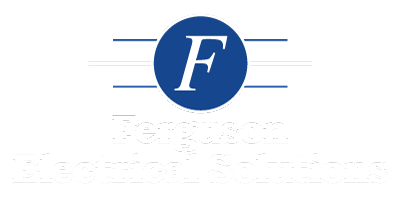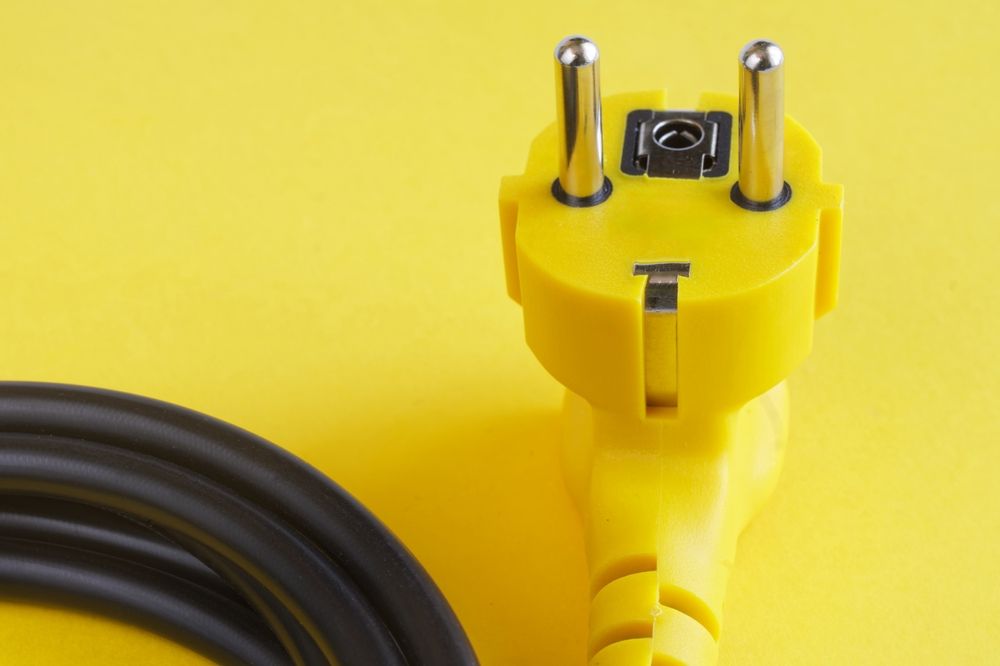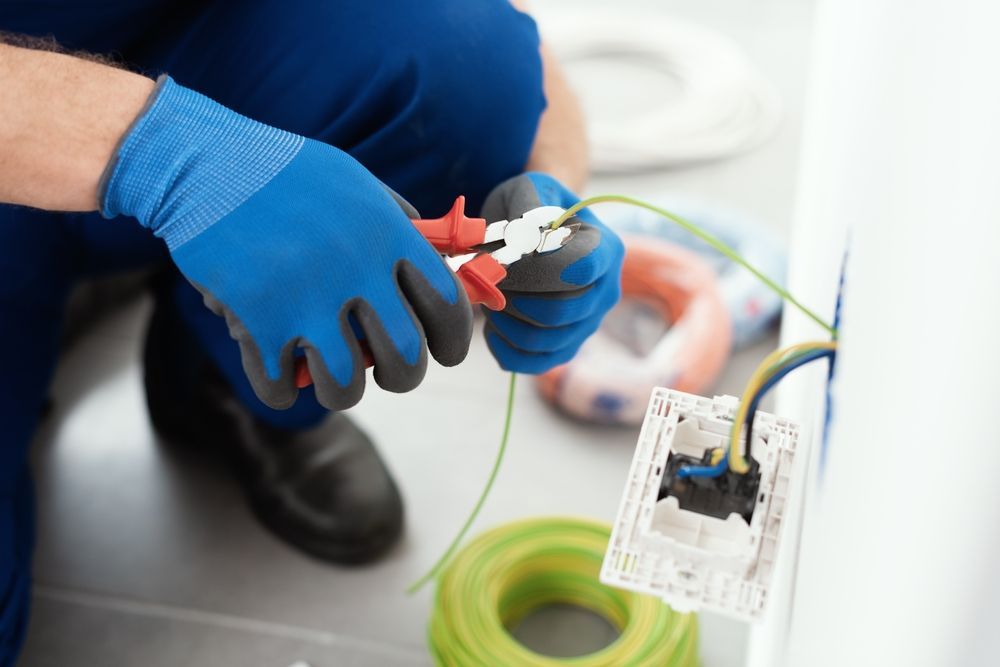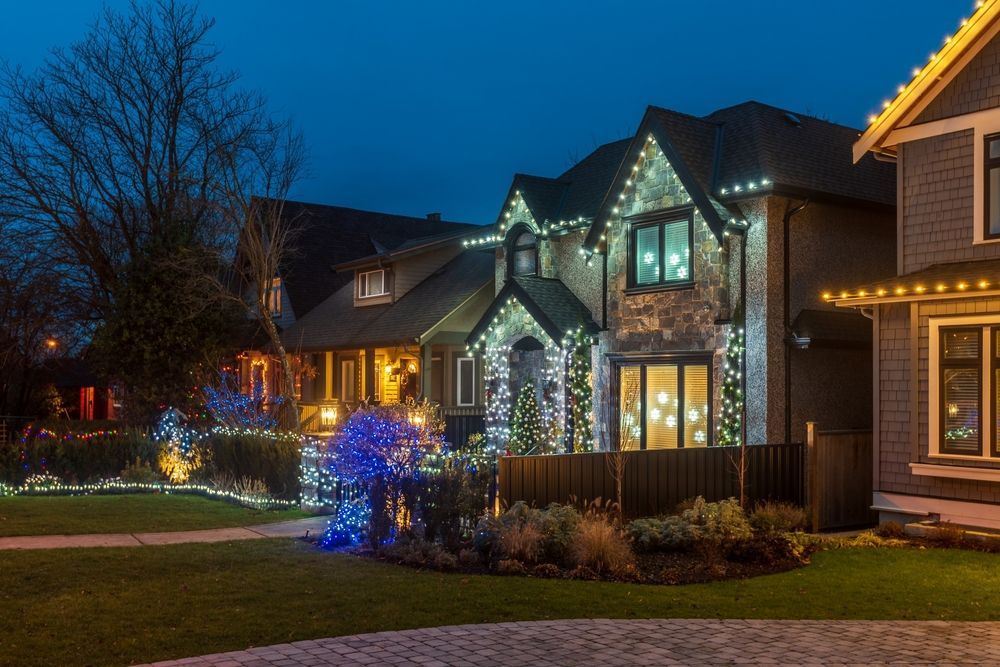Safely Use Extension Cords: Essential Electrical Safety Tips
Extension cords are a convenient and useful addition to our homes, providing power where needed. However, using them incorrectly can lead to potential hazards, from tripping accidents to electrical fires. To keep your household safe, it's crucial to follow smart electrical safety tips when using extension cords. In this blog, we'll discuss how to safely use extension cords, ensuring the well-being of your family and home. Read on to learn how to choose the right gauge, avoid overloading, and place cords strategically to minimize risks.
Make Sure the Extension Cord Is the Right Gauge for the Appliance You're Using It With
The first step to using extension cords safely is ensuring you have the appropriate cord for the job. Extension cords come in different gauges, which refers to the cord's wire thickness. A lower gauge number indicates a thicker wire, capable of handling higher electrical loads. It's essential to match the extension cord gauge to the appliance you intend to use it with, especially for high-powered appliances like heaters, air conditioners, and power tools.
Check the appliance's power requirements (usually located on a label or in the owner's manual) to determine the suitable gauge. Using an incorrect gauge can lead to overheating or reduced performance, potentially causing damage to your appliance or even an electrical fire.
Don't Overload the Extension Cord by Plugging in Too Many Appliances
Another critical electrical safety tip is not to overload the extension cord. Overloading occurs when too many appliances are connected to a single cord, exceeding its maximum current capacity. This can cause overheating or trip your circuit breaker, potentially leading to permanent damage or fire hazards.
To avoid overloading, always follow the recommended maximum current rating for your extension cord (usually printed on the packaging or the cord itself). Consider using a surge protector or power strip with built-in circuit breakers if you need to plug in multiple devices, as these will automatically shut off power if overloading occurs.
Coil Up Excess Cord and Wrap It Around a Piece of Furniture or a Heavy Object to Keep It from Becoming a Tripping Hazard
Loose extension cords are a potential trip hazard in your home. To prevent accidents, securely coil any excess cord and store it out of the way, such as wrapping it around a piece of furniture or securing it to a heavy object. Ensure the cord doesn't impede any walkways or create an obstacle for children or pets.
Don't Run Cords Under Rugs or Carpets - They Can Get Hot and Start a Fire
One commonly overlooked electrical safety tip is never to run extension cords under rugs or carpets. Hidden cords can become damaged or overheated, with no visible warning signs. Overheating can lead to fire hazards, particularly when insulation is compromised due to unseen fraying or damage.
Always ensure your extension cords are visible and accessible for regular inspection and airflow to prevent overheating.
Keep Cords Out of Reach of Children and Pets
Lastly, keep extension cords out of reach of curious children and pets that may bite or pull on the cord. Chewing on an extension cord can result in a traumatic electrical injury or even fatal electrocution.
Consider using cord protectors or cable management systems, like cord covers or wall-mounted organizers, to keep cords elevated and secured away from potential harm.
By following these electrical safety tips, you can responsibly utilize extension cords to provide practical power solutions in your home while minimizing risks. Remember that if you have ongoing extension cord needs, it may be best to consult with a certified technician, like those at Ferguson Electrical Solutions.
Our professionals
can provide a more permanent, safe, and aesthetically pleasing electrical solution tailored to your needs.
Contact us today
to discuss options and schedule an appointment.












